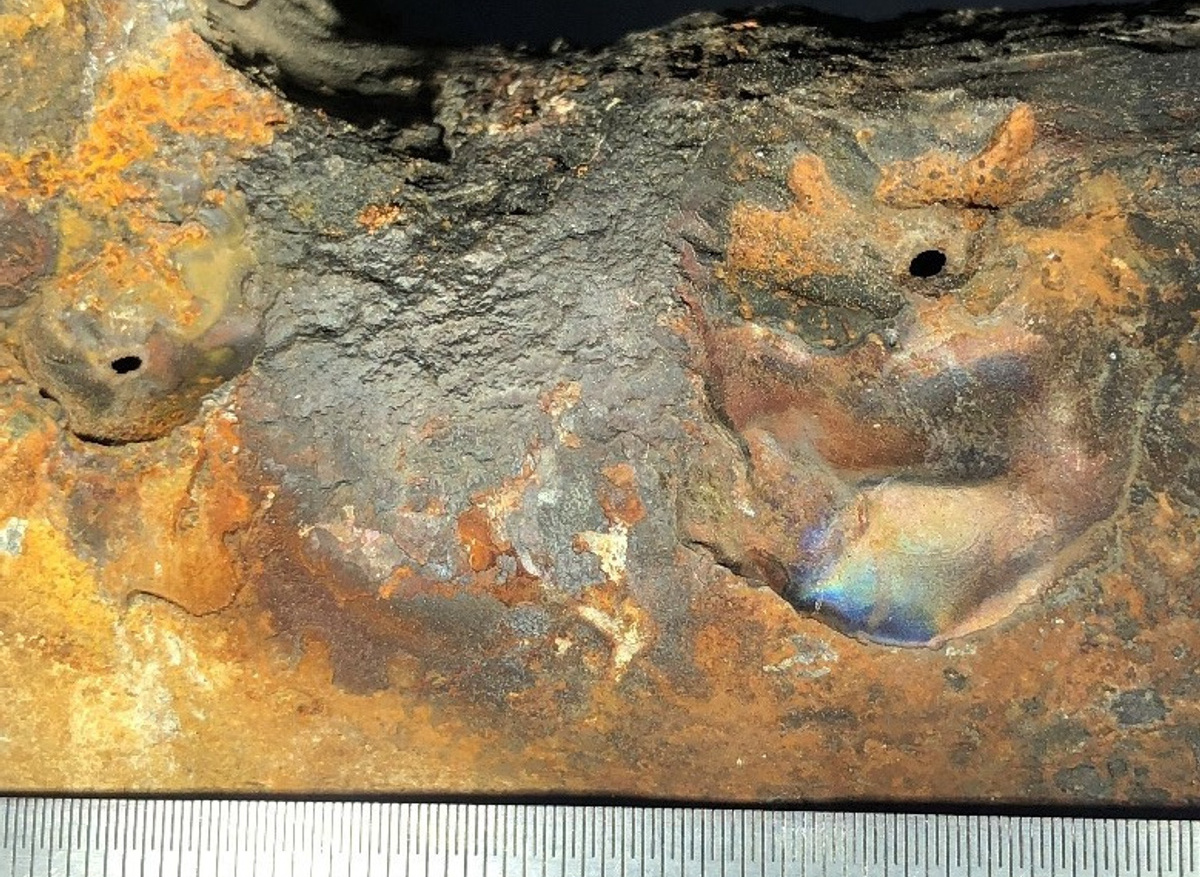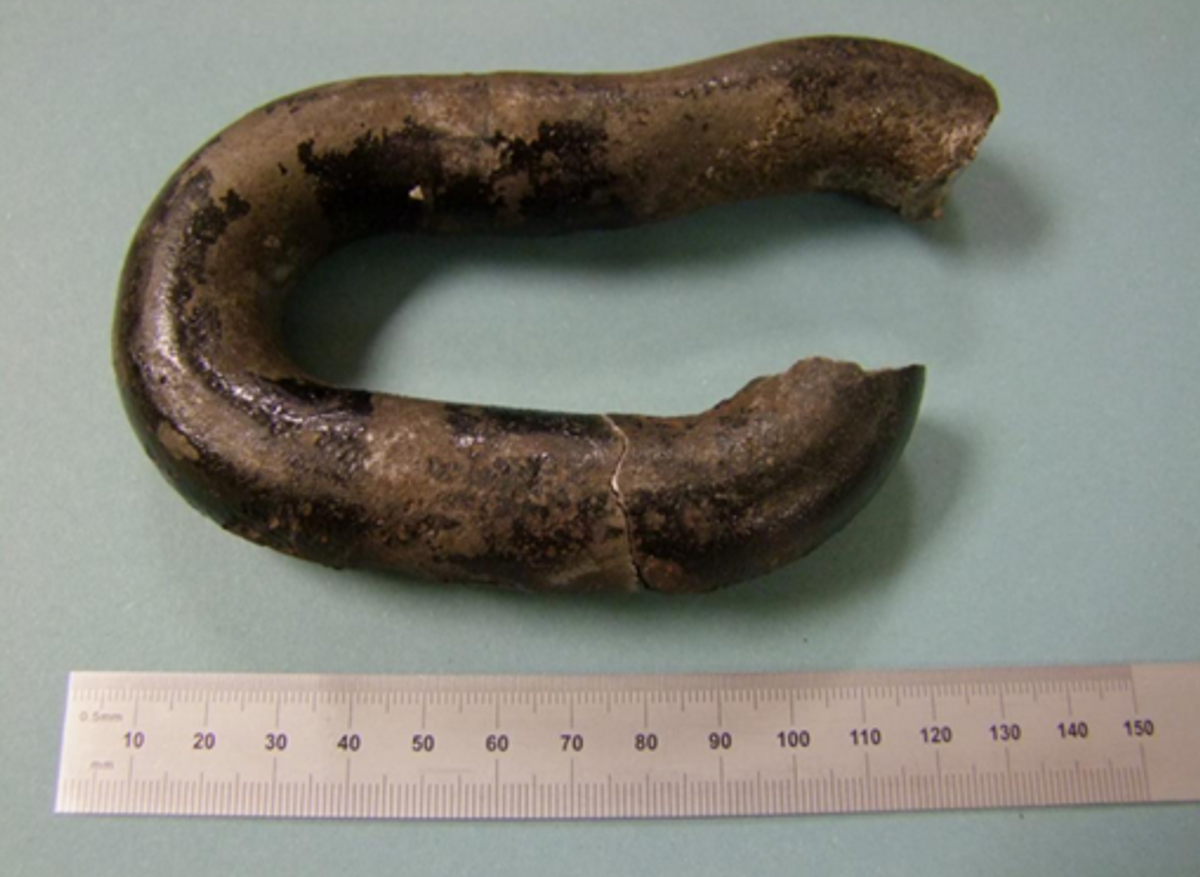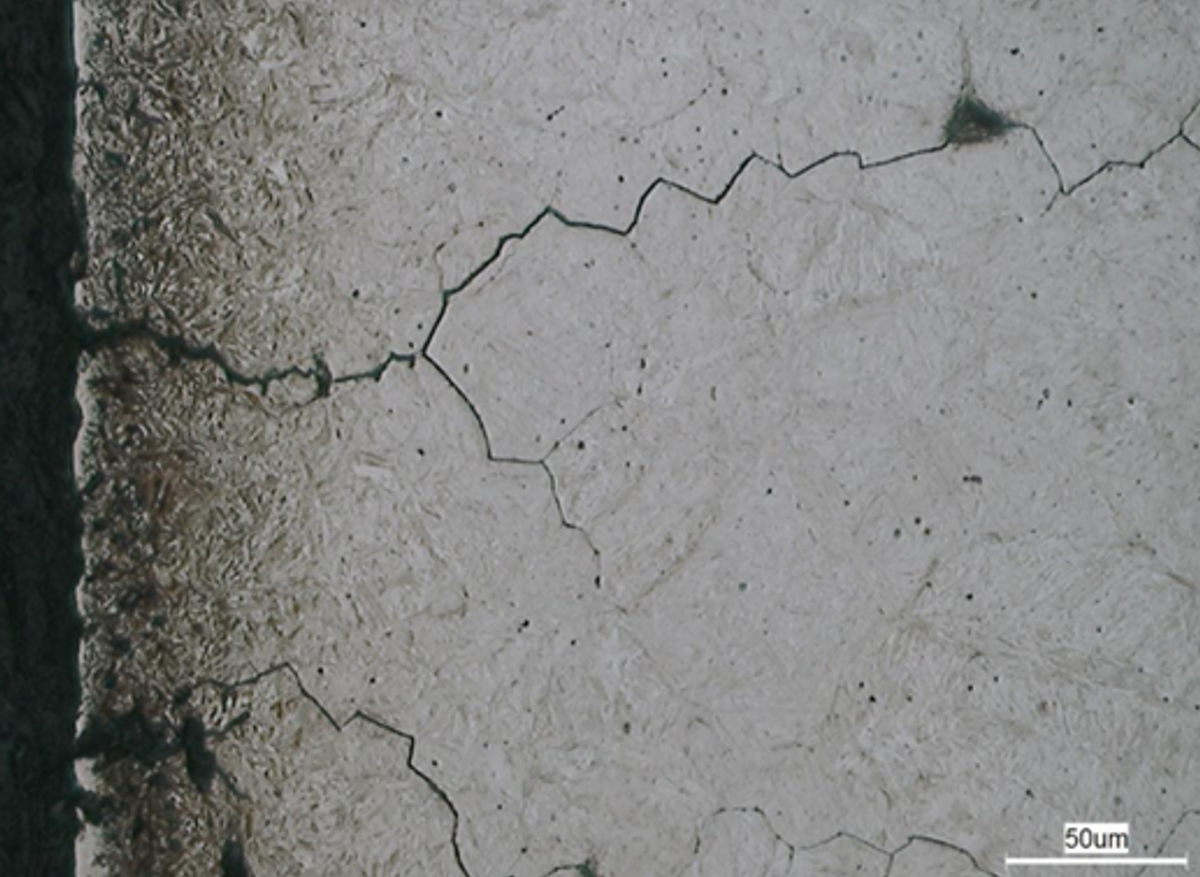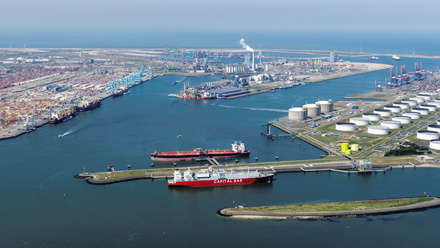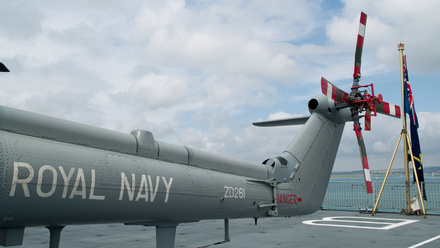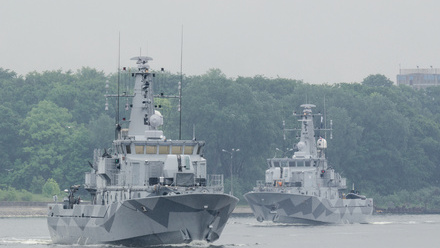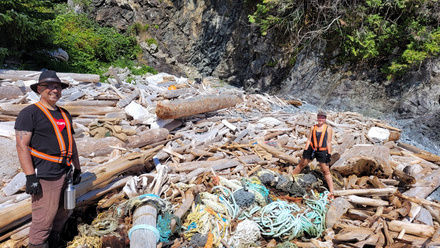Material Matters - Failure Analysis in the Marine Sector
When materials fail in the marine environment, the consequences can range from costly operational delays to catastrophic accidents. Sarah Bagnall from R-TECH Materials, an IMarEST Marine Partner, describes why failures in critical materials still occur, and how materials failure analysis can play a critical role in protecting people and the marine environment.
When failures happen in marine and offshore systems, failure analysis is a powerful tool for improving safety, ensuring compliance, and extending the lifecycle of high-value assets. It’s not just about determining what failed, but understanding why it failed, and more importantly, how failures can be prevented in the future.
Materials failure analysis is a structured approach to determining the cause of failure in engineering components. Carried out by experienced investigators, it typically involves a combination of methods, including visual inspection, non-destructive testing, mechanical testing, fractographic examination, chemical analysis, deposit characterisation, and metallographic evaluation.
By systematically examining the evidence, experts can identify the root cause, whether it’s fatigue, corrosion, overload, manufacturing defect, or a materials selection error.
Why material failure matters
Materials in the marine sector are subject to some of the harshest environments in the world, which present an intricate interplay of mechanical loading and corrosive environments. Components are often inaccessible, operate under dynamic conditions, and are expected to last for decades. Failures in this setting are rarely simple; they are typically the result of multiple contributing factors.
In marine and offshore environments, failures can have particularly severe safety implications. A fractured mooring chain, a cracked pressure vessel, or a corroded structural support can all lead to incidents with loss of life or environmental contamination. Failure analysis provides the evidence needed to implement corrective actions, preventing recurrence, and enhancing safety.
Consider a tragic incident that R-Tech investigated recently aboard a marine vessel, when a chain experienced a sudden and catastrophic failure. A section of the chain recoiled with force, fatally striking a crew member working on the deck below. A detailed investigation identified hydrogen embrittlement as the cause of the fracture. It was determined that the chain's hardness significantly exceeded the specified limits. When combined with the corrosive marine environment, these conditions created the ideal circumstances for hydrogen ingress and embrittlement, ultimately leading to a brittle, and unexpected, failure.
Cosy, Regulatory and Legal Implications
Downtime due to component failure can also lead to significant financial loss. Understanding why a failure occurred can prevent future unplanned outages and allow for more effective maintenance planning. It also enables asset managers to make informed decisions about repair versus replacement, or whether design changes are necessary.
Marine failures also often come under the scrutiny of regulatory bodies, insurers, and sometimes legal authorities. An independent failure analysis provides a factual, science-based explanation of events. This can support compliance efforts, protect against litigation, and demonstrate due diligence in root cause investigation.
Improving Design and Material Selection
Failures provide useful information to designers and engineers. Identifying issues like stress corrosion cracking, hydrogen embrittlement, or weld defects offers an opportunity to revisit material specifications, welding procedures, and design tolerances. The result is improved robustness in future projects.
In conclusion, failure analysis should not be viewed as a reactive process to unfortunate events. Instead, it’s a proactive learning tool, a discipline that transforms failure into knowledge and improvement. By investing in high-quality forensic analysis, marine engineers and operators can enhance asset integrity, reduce lifecycle costs, and most importantly safeguard lives and the environment.

